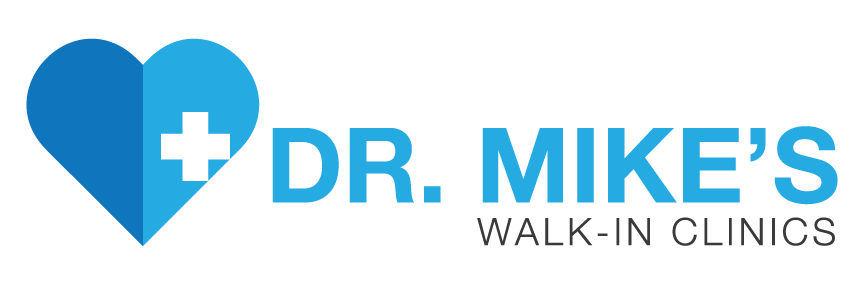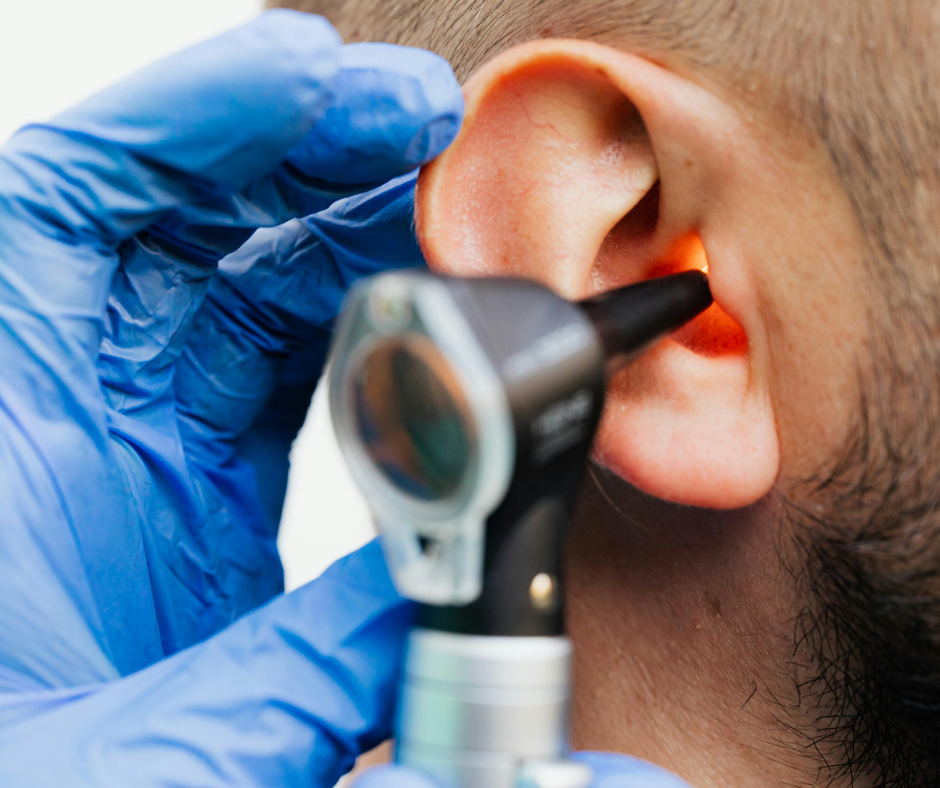Our Blog
Springtime Sniffles: How to Tell the Difference Between Allergies, Colds, and Sinus Infections

Spring is a beautiful season, but for many people, it also brings an unwelcome visitor: sniffles. Sneezing, congestion, or a runny nose can leave you wondering—am I dealing with allergies, a cold, or something more serious like a sinus infection?
Since the treatment for each condition differs, it’s best to know what’s causing your symptoms to feel better faster.
What Are Seasonal Allergies?
Allergies occur when your immune system overreacts to harmless substances like pollen, mold, or pet dander. During the spring, tree and grass pollen are among the most common culprits, triggering a range of symptoms that can make daily life miserable.
One of the biggest clues that you’re dealing with allergies is that your symptoms last for weeks or even months, rather than improving within a few days. Unlike colds and sinus infections, allergies aren’t caused by viruses or bacteria, which means they don’t come with a fever or body aches. Instead, allergy sufferers typically experience sneezing, itchy or watery eyes, nasal congestion, and a runny nose with clear mucus.
If your symptoms worsen after spending time outdoors, especially on windy days when pollen counts are high, allergies are the likely culprit. You might also notice that symptoms improve when you stay indoors or use air purifiers. Unlike colds or sinus infections, allergies won’t cause thick yellow or green mucus, and they don’t bring on fatigue or a general feeling of being unwell.
Recognizing the Common Cold
Colds are caused by viruses and can strike at any time of the year, though they tend to be more common in the fall and winter. However, spring colds do happen, and because they share some symptoms with allergies, it’s easy to confuse the two.
A cold typically starts with a sore throat and mild fatigue, followed by nasal congestion, sneezing, and a runny nose. Unlike allergies, colds often come with body aches and a slight fever because your body is trying to fight off an infection. Mucus may start off clear but can become thicker and turn yellow or green as the immune system responds.
The big difference between a cold and allergies is how long symptoms last and how they progress. Colds usually develop gradually over a few days, peak around day three or four, and then improve within a week or two. If your symptoms appear suddenly and go away after a short period, it’s more likely a cold than allergies. Additionally, if you feel fatigued, have a low-grade fever, or experience mild body aches, those are classic signs of a viral infection rather than allergies.
When It’s More Than Just a Cold
Sometimes what starts as a cold or allergies turns into something more serious—like a sinus infection. Sinus infections, or sinusitis, occur when the sinuses become inflamed and filled with mucus, creating the perfect environment for bacteria to grow. While many cases of sinusitis are viral and clear up on their own, bacterial infections may require antibiotics.
Sinus infections can cause symptoms similar to both allergies and colds, including congestion, facial pressure, and a runny nose. However, there are a few telltale signs that set them apart. The most noticeable difference is the presence of thick yellow or green nasal discharge, along with facial pain or pressure, especially around the eyes, forehead, and cheeks. You may also experience a headache, a postnasal drip that leads to a sore throat, and bad breath.
If your symptoms persist for more than 10 days or seem to improve before suddenly worsening, it may be a sinus infection rather than a lingering cold. Pain and pressure in the sinuses, particularly when bending forward, are also strong indicators. Unlike allergies, sinus infections can cause fatigue and even mild fever, making it easy to differentiate between the two.
When Symptoms Make Diagnosis Tricky
Since all three conditions—allergies, colds, and sinus infections—affect the respiratory system, it’s not uncommon for symptoms to overlap. Congestion, runny nose, and sinus pressure can be present in all three, making it difficult to determine the exact cause of your discomfort.
In some cases, a cold can trigger allergy-like symptoms, or untreated allergies can lead to sinus infections due to prolonged nasal inflammation. If you experience seasonal allergies regularly, it’s important to manage them properly to avoid complications that could lead to infections.
Managing Allergies
The best way to handle seasonal allergies is by avoiding triggers when possible. Keeping windows closed during high pollen counts, using air purifiers, and showering after spending time outdoors can all help reduce exposure. Over-the-counter antihistamines, nasal sprays, and allergy shots can also provide relief.
Treating a Cold
Since colds are caused by viruses, there’s no cure, but plenty of rest, hydration, and symptom management can help speed up recovery. Over-the-counter decongestants, saline nasal sprays, and throat lozenges can ease discomfort. Staying hydrated and using a humidifier can also keep nasal passages moist and help you breathe more easily.
Healing a Sinus Infection
Most sinus infections clear up on their own, but home remedies like steam inhalation, saline rinses, and staying hydrated can help alleviate symptoms. If your symptoms persist beyond 10 days, worsen after initial improvement, or come with a high fever, it may be time to see a doctor for a potential bacterial infection that requires antibiotics.
Knowing When to See a Doctor
While mild cases of allergies, colds, and sinus infections can often be managed at home, there are times when medical attention is necessary. If you experience severe facial pain, a high fever, difficulty breathing, or symptoms lasting longer than two weeks, it’s best to check in with a
healthcare provider.
Embrace spring feeling clear-headed, symptom-free, and ready to make the most of the season—our team at
Dr. Mike’s Walk-In Clinics can help!
Reach out to us at one of our four locations today!



